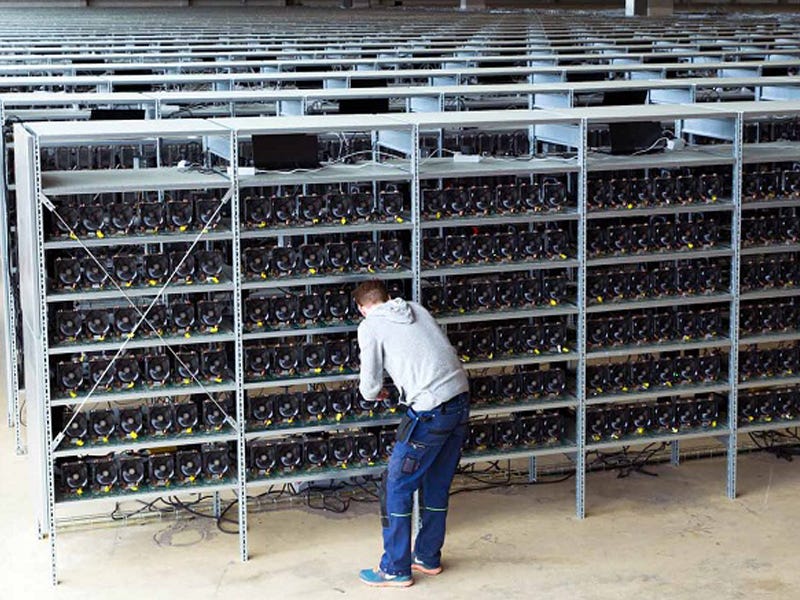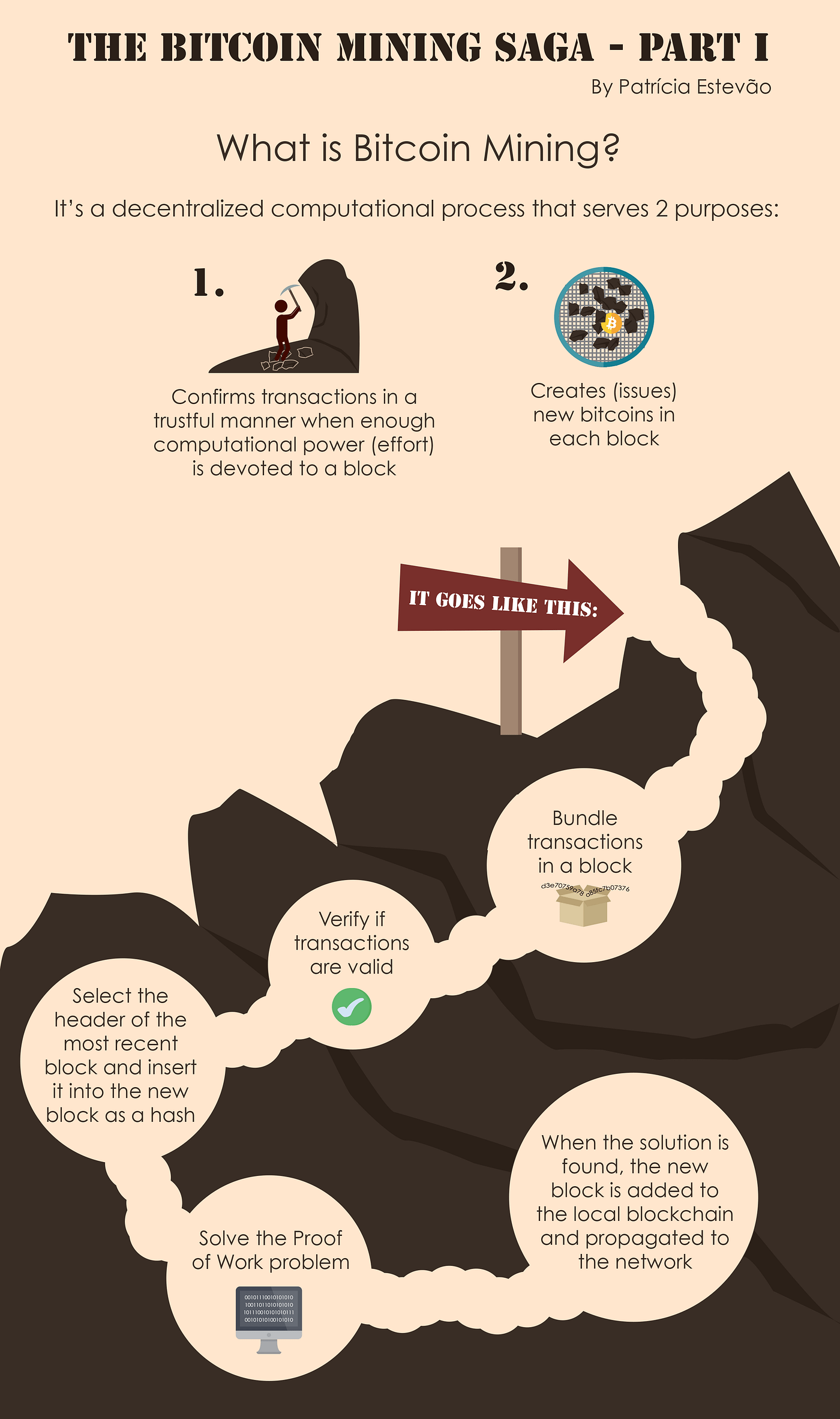The mainstream media LOVES to shame Bitcoin mining for using more energy than Denmark, but contrary to popular belief, it’s still less than 1% of the total energy used by the United States. Media, bank executives, and misinformed individuals love spreading any type of fear, uncertainty, and doubt about Bitcoin at any opportunity. This is just awful and irresponsible. Blockchain technology/Bitcoin is the most innovative invention since the creation of the internet and the understanding of this technology continues to be convoluted due to the circulation of incorrect information. The majority of people fail to understand that we are witnessing the most incredible phenomena right before our eyes, for the first time in the civilized world, we are seeing the separation of state and money. Remember, if innovation and change were easy it would happen quietly. I plan to show you not only how wrong the media is about Bitcoin’s energy usage, but how other widely accepted practices expend much more energy than Bitcoin.

The Overarching Design of Bitcoin Mining:
To start, Bitcoin mining is just the process that transactions are verified and added to the public ledger, known as the blockchain. Miners, or computers, are rewarded with Bitcoins for verifying and securing the network. The mining process involves compiling transactions into blocks and trying to solve a difficult puzzle. The participant, or computer, that solves the puzzle first gets to place the next block on the blockchain and claim their Bitcoin, or block reward. Here is an important part, the block reward is halved roughly every 4 years, with the current block reward at 12.5 Bitcoins. This diminishing block reward will continue until all 21 million Bitcoins are released.
Here is the second important part, the difficulty of mining each block, or the amount of energy needed to solve each block, can be adjusted. The mining difficulty adjusts itself with the aim of keeping the rate of block discovery constant, so if there is more computational power dedicated towards mining, the difficulty will adjust upwards to make mining harder. Vice Versa.
The importance of Block Rewards Halving:
It is important to realize that Bitcoin miners are running a business that is expensive with high monthly overhead. So simple Economic theory tells us that miners will only continue to operate as long as they find it profitable. When the Bitcoin protocol experiences a halving of a block reward, and the price of Bitcoin stays the same, in theory, you should expect half of the miners to cease operations. However, since the price of Bitcoin has been steadily rising, miners have still found the act of mining to be profitable.
The Importance of Mining Difficulty being Adjusted:
It is important to realize that no matter how much energy is being deployed on the Bitcoin blockchain, the mining difficulty adjusts accordingly so that only one block is produced every 10 minutes. So miners will cease operation if the difficulty increases to the point of unprofitability.
In essence, the Bitcoin protocol has been designed to decrease energy consumption over time. For example, in 2009 the CPUs used to mine Bitcoins used 1 million times more energy than the current ASICs. These Bitcoin miners will continue to find ways to operate more efficiently and employ cheaper energy available to them, like hydroelectric plants and renewable energy resources.

Putting Bitcoins Energy Usage in Perspective:
Currently, it is estimated that Bitcoin mining consumes about 9 Terrawatt-Hours per year. Keep in mind that this is a rough estimate from several different surveys. However, it is very evident that the data centers in the US, gold mining and global fiat production all consume more energy than Bitcoin.
Below is the list of annual energy consumption for various tasks:
- Bitcoin Mining — 9 Terrawatt-Hours
- Global Production of Fiat Currencies — 11 Terrawatt-Hours
- Operating Data Centers in the US — 16 Terrawatt-Hours
- Gold Mining — 130 Terrawatt-Hours
It becomes clear very quickly that the argument for Bitcoin mining using excessive energy is completely overstated. Also, these numbers DO NOT include the massive amount of energy spent on operating bank vaults, security systems, transportation via armored cars, or even basic energy needed to operate a branch of a bank.

Example From History:
In 2006, the Department of Energy was slamming and media shaming Google’s data centers for consuming enough power to run 200k homes in the United States. The Department of Energy continued to claim that Google’s energy usage would double every five years. However, contrary to their claim, time proved that Google’s electricity consumption flattened. Google contributed this to better cooling systems and power management that improved their efficiency.
Summary:
After reading this article it is safe to say that the concerns over energy consumption for Bitcoin are overblown. It is also important to realize that these miners are converting electricity into something much more useful to the global economy.